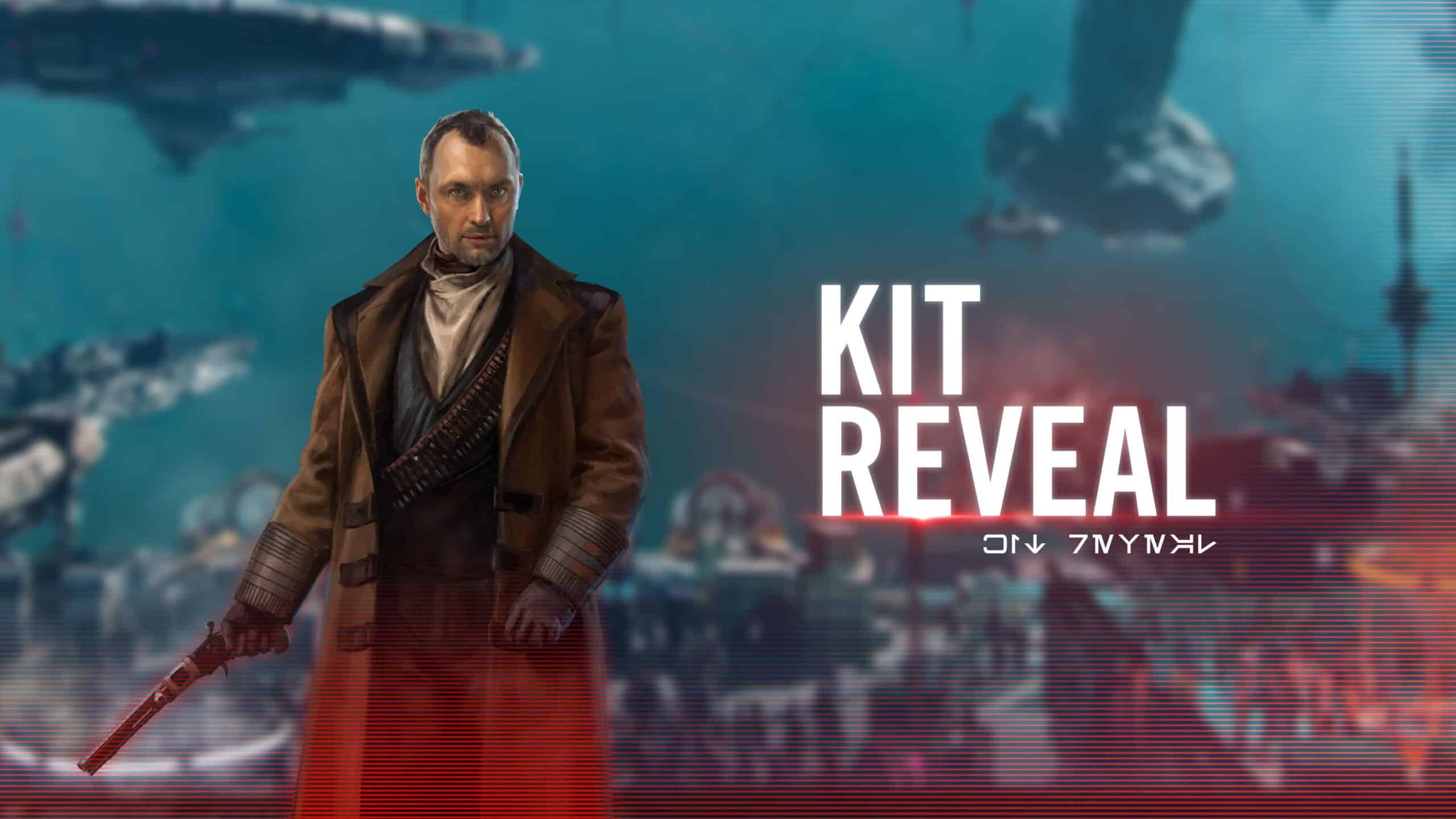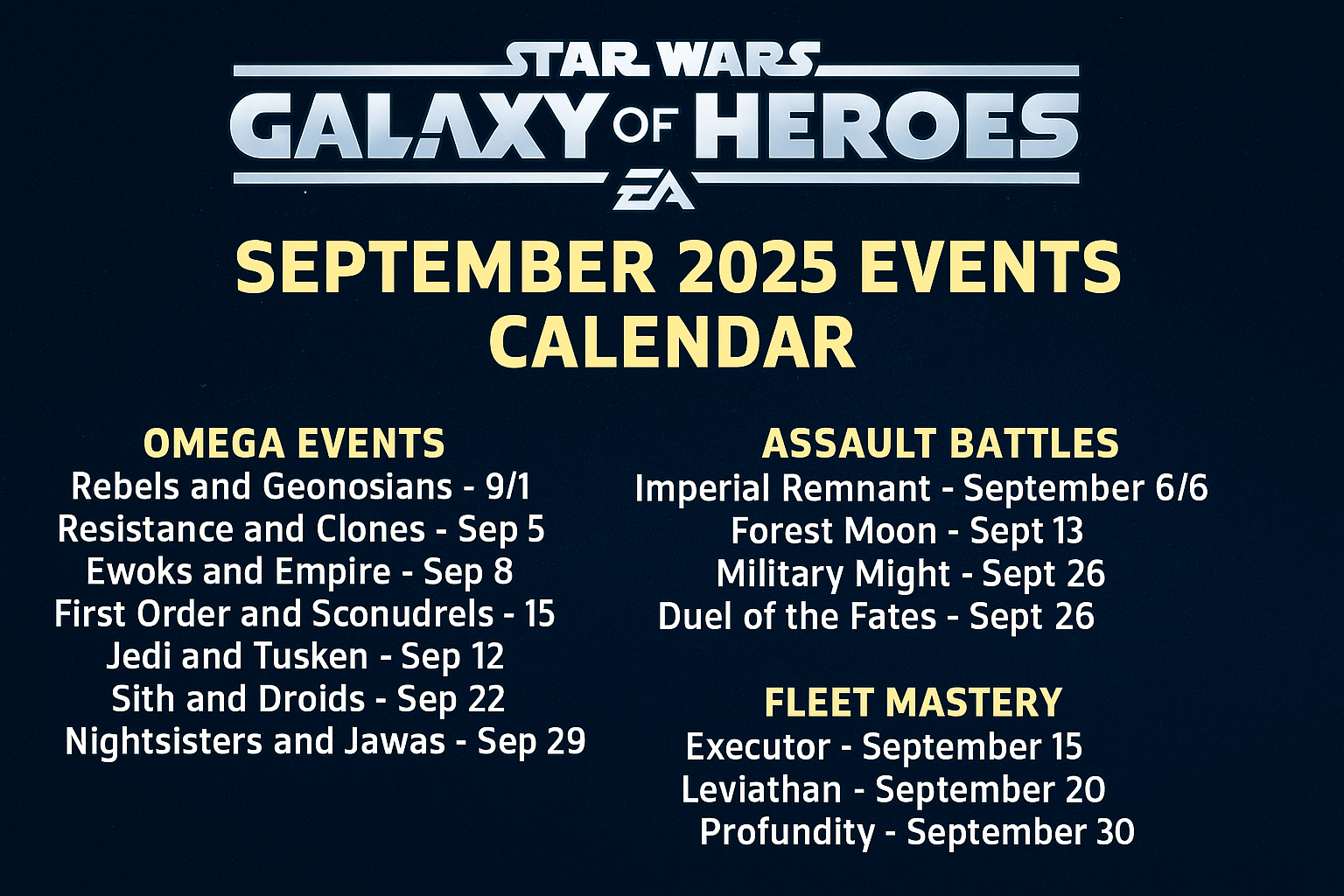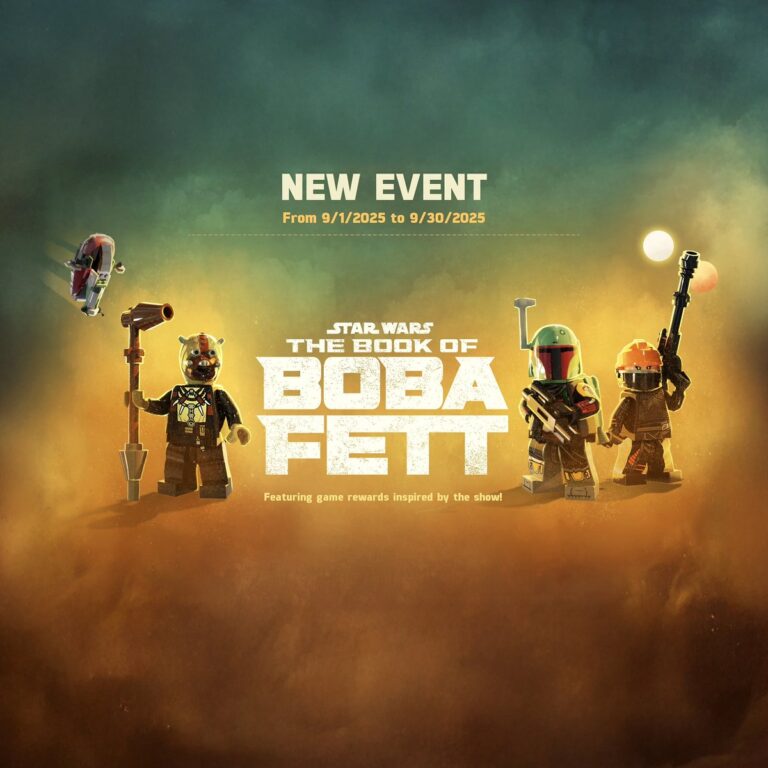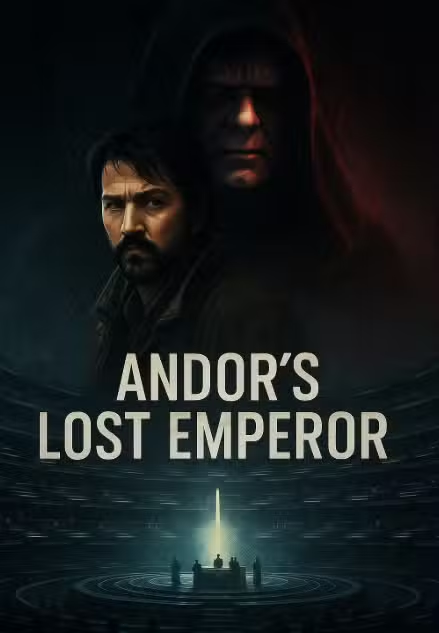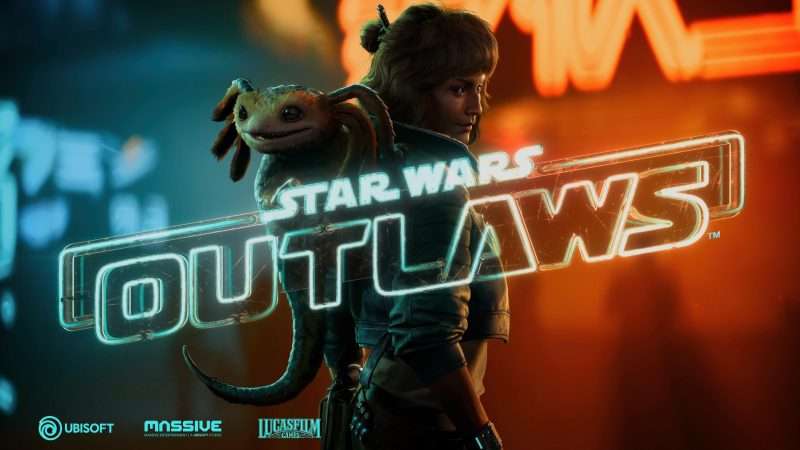The Star Wars saga is more than an epic of starships and battles. At its heart, it is a meditation on individuality, the power of difference, and the risks of conformity. By tracing the arcs of its characters and comparing them to real-world parallels, we can better understand why embracing uniqueness is not only valuable but necessary.
The Unlikely Hero Archetype
Throughout Star Wars, protagonists emerge not from privilege but from obscurity. Luke Skywalker, Rey, and even Han Solo each begin as seemingly ordinary individuals. Luke is a farm boy on Tatooine, Rey a scavenger surviving on Jakku, and Han a smuggler concerned with profit. Yet their paths reveal that ordinary beginnings are fertile ground for extraordinary contributions.
This mirrors real life, where individuals who might be underestimated often reshape expectations. In society, as in fiction, what appears to be limitation often becomes strength. In our own world, kids who are born with unique features reflect this same truth: their distinct qualities do not define barriers but serve as sources of resilience and inspiration, much like the saga’s heroes who transform flaws into defining virtues.
Diversity as Collective Strength
The Rebel Alliance triumphed not because of uniformity but because of difference. Pilots, droids, strategists, and leaders each brought perspectives that, together, overcame the Empire’s might. R2-D2 contributed technical genius, Leia embodied defiance and leadership, and Chewbacca offered loyalty and force of presence.
The comparison is clear: communities, teams, and societies thrive when diverse perspectives are not only present but celebrated. Just as the Rebellion relied on individuality to prevail, modern collaboration depends on embracing distinct viewpoints. Without them, innovation stalls; with them, possibilities multiply.
The Value of Nonconformity
Characters such as Ahsoka Tano and Sabine Wren demonstrate the cost and reward of stepping outside convention. Ahsoka chose to walk away from the Jedi Order when its principles clashed with her own. Sabine expressed her Mandalorian heritage through art, insisting that creativity has a place even in the context of conflict.
These stories serve as comparative lessons: nonconformity often provokes resistance but ultimately leaves the deepest mark. In workplaces, education, and personal relationships, those who resist rigid molds contribute perspectives that move entire systems forward.
Lessons in Action: Yoda’s Imperative
Yoda’s guidance—“Do or do not. There is no try”—embodies a didactic principle. Hesitation preserves the status quo, while decisive action reshapes reality. For Luke, this lesson demanded risk. For us, it requires the courage to express individuality without waiting for permission.
The broader reflection is practical: uniqueness cannot remain hypothetical. It must be lived, enacted, and tested. By taking action, we not only define our paths but also encourage others to claim their own.
Conformity as a Cautionary Tale
If the Rebellion symbolizes the power of uniqueness, the Empire demonstrates the peril of suppressing it. Stormtroopers are interchangeable, faceless, and voiceless—uniformity as control. Darth Vader himself is a study in loss of identity, where abandoning one’s true self leads to tragedy.
Comparatively, the Rebellion offers a counterpoint: its strength lies in variance, individuality, and the freedom to differ. In every era, societies that suppress difference erode humanity; those that celebrate it preserve possibility.
Technology and the Question of Identity
Another unique lens in Star Wars is its exploration of technology as both an enhancer and a threat to individuality. Characters such as Darth Vader and General Grievous embody the danger of losing humanity to mechanical alteration, where technological dominance overshadows personal identity. In contrast, figures like Luke with his prosthetic hand or Anakin as a podracer highlight how technology, when balanced, can augment individuality without erasing it.
The comparative lesson is clear: technology itself is neutral—it amplifies either authenticity or conformity depending on how it is used. In modern society, this mirrors our relationship with digital tools, artificial intelligence, and even social media. When used reflectively, technology extends our unique voice and creativity. When misused, it risks homogenizing identities into algorithm-driven patterns. The critical reflection is to adopt technology as Luke did: as an extension of the self rather than a replacement for it.
Mentorship and the Transmission of Uniqueness
The Jedi tradition illustrates how uniqueness can be nurtured across generations. Obi-Wan guiding Luke or Qui-Gon instructing Obi-Wan are not exercises in replication but in cultivating distinctive strengths. Each apprentice diverges from the master, continuing the lineage not through mimicry but through difference.
In real contexts, mentorship should operate the same way: encouraging singular talents, protecting individuality, and allowing growth that resists conformity. This reflective approach sustains communities and ensures that uniqueness endures.
A New Hope: Broader Insights
At its core, Star Wars is not a tale of uniformity triumphing over chaos but of individuality prevailing against overwhelming force. Its message resonates beyond film: uniqueness drives resilience, fuels creativity, and sustains hope.
When individuals embrace what sets them apart, communities gain strength. When societies nurture difference, they build resilience. The saga’s enduring insight is simple yet profound: uniqueness is not deviation but destiny. Our collective future, like the galaxy far, far away, depends on how boldly we allow individuality to shine.



